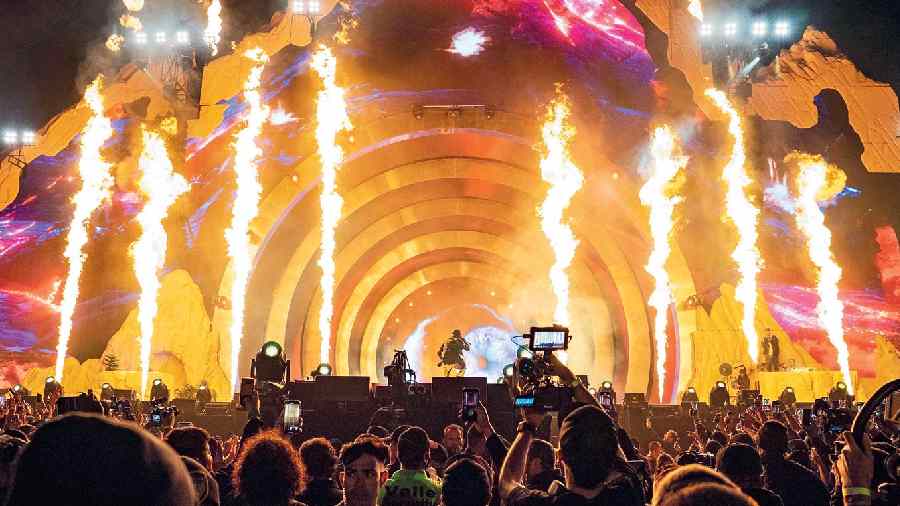
Behind every spellbinding live performance lies a complex and dynamic world of concert production. From the initial concept to the final encore, the journey from backstage to center stage is a fascinating exploration of creativity, coordination, and technical expertise.
The Birth of a Concept
The process of concert production begins with a vision—an idea that captures the essence of the artist’s identity and resonates with the audience. This initial concept serves as the foundation for the entire production, influencing everything from stage design and lighting to the selection of supporting acts. It’s a collaborative effort between the artist, their management, and a team of creative professionals who work tirelessly to bring the vision to life.
Behind the Curtain: Planning and Logistics
Once the concept is solidified, the intricate planning and logistical work come into play. This involves securing the right venue, coordinating with vendors, and creating a timeline that ensures every aspect of the production aligns seamlessly. Backstage becomes a hive of activity, with teams working on everything from sound and lighting setup to wardrobe changes and artist accommodations. Attention to detail is paramount, as even the smallest oversight can have a significant impact on the overall experience.
The Technical Ballet: Sound and Lighting
Two integral components of concert production are sound and lighting. The technical team orchestrates a ballet of equipment, ensuring that every instrument is heard with crystal clarity and every visual element enhances the overall atmosphere. Sound engineers fine-tune audio levels, accounting for the acoustics of the venue, while lighting designers create a visual symphony that complements the mood of each song. The result is a harmonious marriage of technical precision and artistic expression.
On-Stage Choreography
While the spotlight shines on the artist, the on-stage choreography is a collaborative effort between performers and stage crew. Quick and seamless transitions between songs, coordinated movements, and the strategic placement of instruments contribute to the overall flow of the performance. Behind the scenes, stage managers and crew work tirelessly to ensure that everything runs smoothly, allowing the artist to focus on their craft.
The Unseen Heroes: Backstage Crew
As the audience is captivated by the spectacle on stage, the unsung heroes of concert production are the backstage crew. From stagehands and riggers to costume assistants and makeup artists, these individuals work tirelessly behind the scenes to make the magic happen. Their expertise and efficiency are essential in ensuring that the production runs flawlessly, allowing the artists to deliver a seamless and memorable performance.
The Afterglow: Reflecting on Success
As the final chords fade away and the applause fills the venue, the success of the concert production is measured not only by the audience’s reaction but also by the satisfaction of the entire team. The afterglow is a moment of reflection, a time to celebrate the collective effort that brought the vision to fruition. It’s a testament to the dedication, creativity, and collaboration that define the world of concert production.
In conclusion, the journey from backstage to center stage is a captivating exploration of creativity, coordination, and technical prowess. It’s a world where visionaries and technicians collaborate to create immersive experiences that linger in the memories of those fortunate enough to be in the audience. The art of concert production is a testament to the power of teamwork and the ability to transform concepts into extraordinary live performances.





